What’s Important When It Comes to Handstands?
Handstands have become a big commodity over the last few years especially with the boom of social media. Achieving a handstand is like having an invite-only credit card or airline elite-status membership. Those with hypermobile bodies and fierce handstands make some amazing visual content which we all drool over as we stare at our screens.
Of course, it’s worth remembering that what makes this all the more more impressive is that they are teamed up with great photographers. They travel the world to the most amazing landscapes which provide idyllic backdrops that are exotic and – for most of us- out of reach. Much like the elusive handstand – exotic and out of reach.
But let’s not forget a few things. Those #instainfluencers didn't get there without some hard graft and a bit of luck.
Luck in the form of genetics, their bodies are naturally open enough and strong enough where handstand achievements are that much more achievable. Luck also in the fact that whatever they do for a living allows them the time to practice and travel (perhaps they already have the invite-only credit card and airline elite-status?).
Hard graft is where it’s really at, and where we are all invited to the handstand party. We can all put in some hard graft to work towards our goals. We forget that some things are much harder than others and require more practice. Dedicated practice. Handstands are a good example of one of those things that require more practice, a lot more practice. No one is going to bust out a showstopper handstand without practice.
And there comes the rub. Practice takes dedication of time and effort and a lot of us have busy lives. You work, you have kids, you have a bunch of other stuff you’re already committed to? So where to fit in this ‘dedicated practice’?
Be a little kind to yourself. Don’t measure yourself against unachievable goals AKA Insta. Don’t beat yourself up when the person next to you in class busts out a perfectly executed handstand chaturanga. Ask yourself – what can I learn from them, how can their skill influence me? Accept where you’re at and be happy with it. And then practice little and often.
So, first thing to remember: be kind to yourself and be content with where you’re at.
The second thing to remember: practice. Practice, practice, practice. Even if it’s just a little here and there, dedicate yourself to it and you will see results. Practice the right stuff, and not the bad stuff, and that confidence, strength and mobility will start developing.
Abhyasa – dedicated practice
Santosha – contentment
